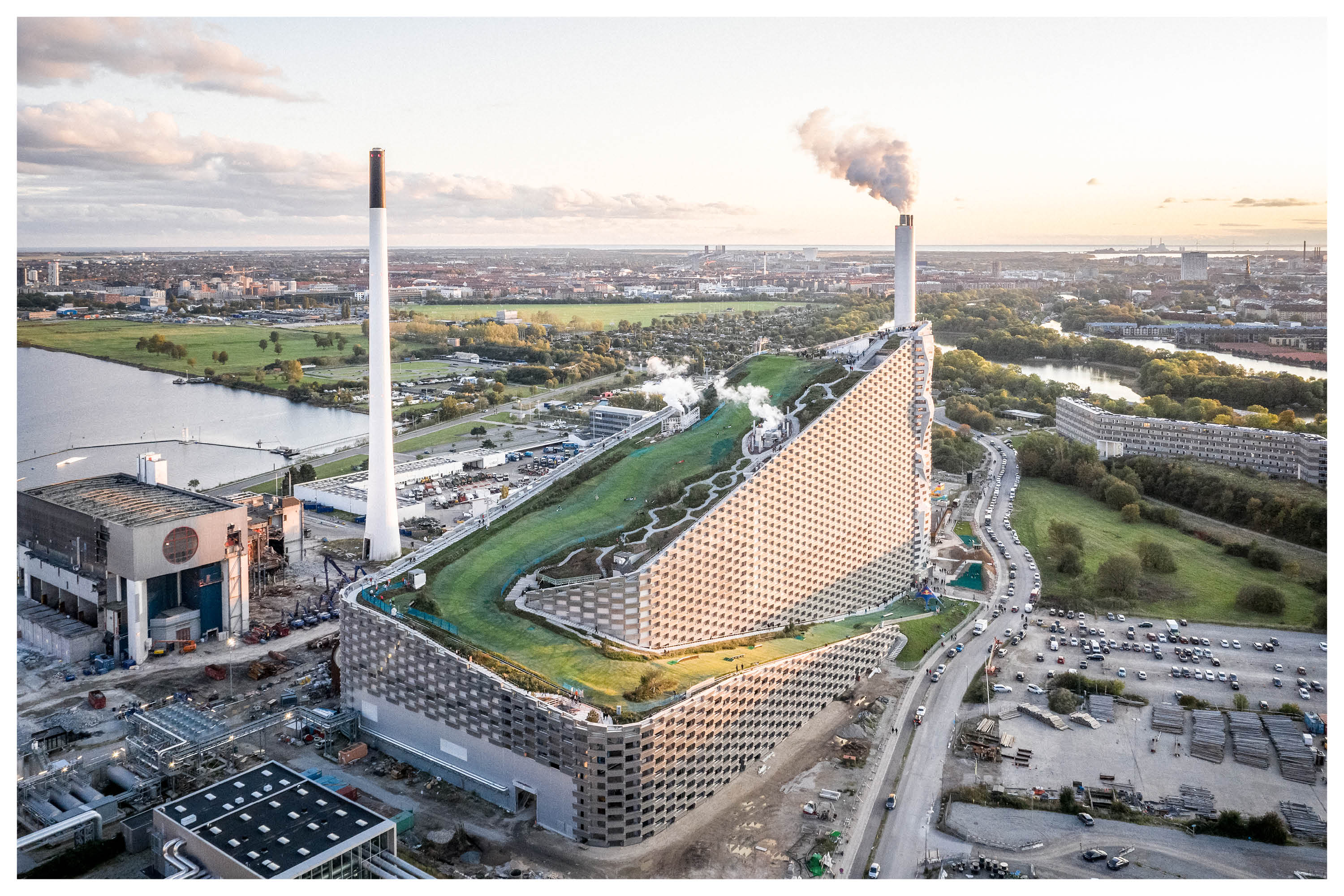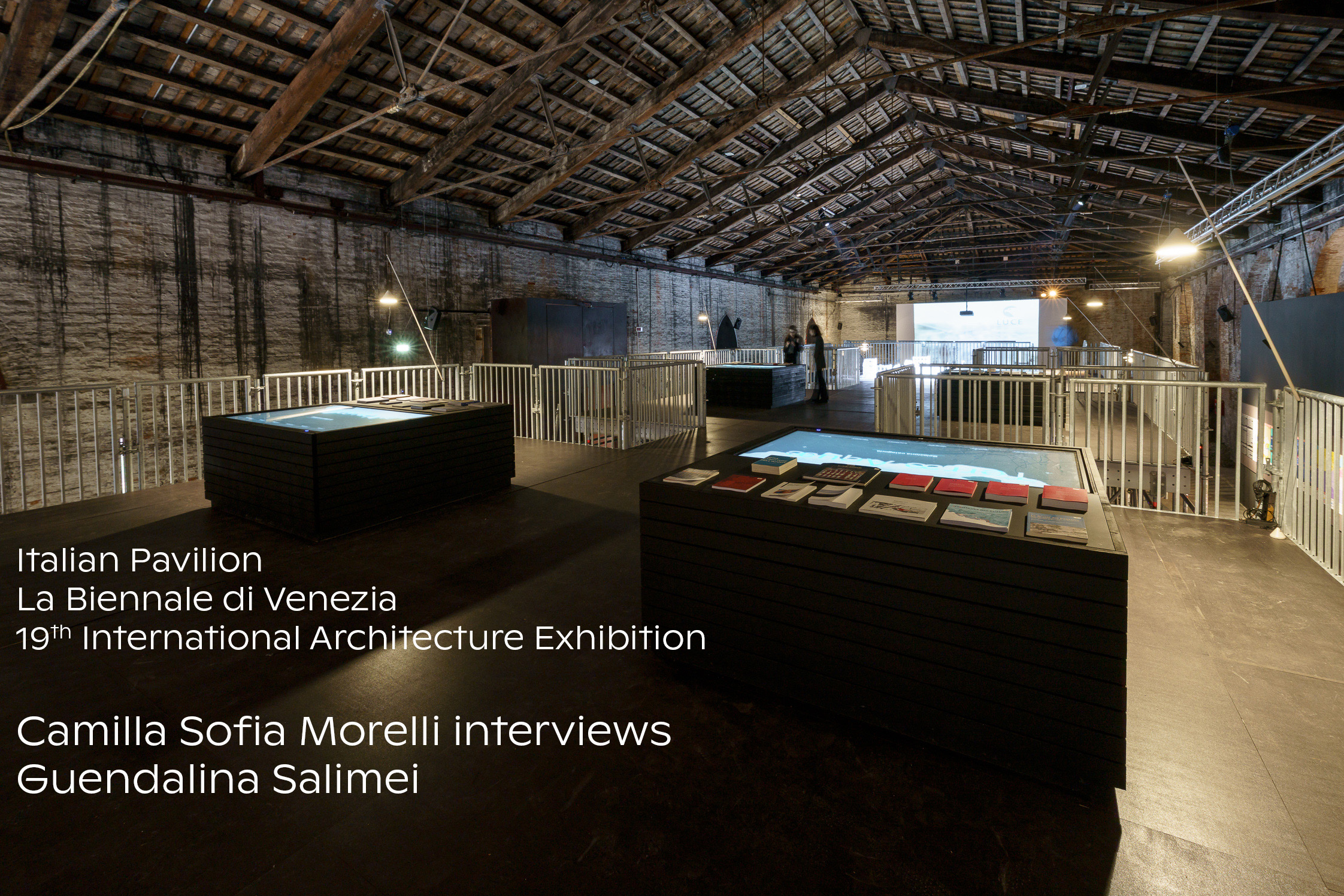How Will Copenhagen Achieve Net Zero?
The Path to a Sustainable Future requires a Strong and Consistent Political Focus
By 2025, the city of Copenhagen should have achieved its ‘net zero emissions’ target, set almost 15 years ago. This ambition, initially envisaged on a strictly technical level, has spread to all areas, including mobility, energy, urban planning and architecture, and has now made Copenhagen one of the most pleasant and vibrant cities in the world.
Copenhagen aims to become the world’s first carbon-neutral capital by 2025, setting a bold vision to not only mitigate climate change but also prove that growth, development, and a high quality of life can coexist with lower CO2 emissions. This ambitious political goal, set in 2012, guides every decision made by the city administration – from mobility strategies and building permits to public procurements. What started as a technical mandate, has transformed Copenhagen into a vibrant, thriving city, known for its economic prosperity, outstanding public spaces, and unwavering commitment to environmental sustainability.
However, Copenhagen faces significant challenges in the coming years. The city is rapidly growing, with new districts, housing needs, and infrastructure projects. As it expands, there is an increasing demand for new homes, schools, parks, and urban spaces. One key challenge is designing beautiful, sustainable architecture that complements these transformations while embracing new building materials and methods.
The CPH 2025 Climate Plan: A Holistic Approach
The CPH 2025 Climate Plan is a comprehensive roadmap that outlines specific goals in four key areas: Energy Consumption, Energy Production, Green Mobility, and City Administration. These pillars are essential to Copenhagen’s overarching goal of carbon neutrality. The plan seeks to leverage the city’s ambitions for sustainability to foster innovation, job creation, and investment, with collaboration between businesses, research institutions, and the city’s residents.
Buildings, streets, and urban spaces have a direct impact on both local and global climate agendas. In Copenhagen, the carbon footprint is roughly evenly divided between transportation, the building industry, and consumption. Urban planning and architecture account for two-thirds of emissions, making them crucial in the city’s pursuit of net-zero emissions or even positive environmental impact.
Copenhagen strives to demonstrate that growth, development, and an enhanced quality of life can go hand in hand with reducing CO2 emissions. As the city tackles these challenges, the architecture and aesthetics of Copenhagen will undoubtedly evolve. The political vision for urban development is rooted in climate considerations and an emphasis on biodiversity – applied both to new buildings and the reimagining of existing spaces.
To this end, the city’s goal is for all Copenhageners to have access to green urban spaces within 300 meters of their front door, with districts featuring a mix of large and small green areas that focus on native vegetation and stormwater management. The preservation of existing buildings is also a priority, and new constructions should prioritize reusable or climate-friendly materials.
Copenhagen is renowned for its "people-first" approach to urban planning, where public life, open spaces, and the built environment are designed in tandem. Increasingly, political decisions around urban development also aim to reduce carbon impacts by incorporating data-driven tools like Life Cycle Analysis. Since 2020, all public buildings costing over 20 million DKK (approximately 2.7 million EUR) must meet a minimum DGNB Gold standard, and as of 2023, all new construction projects must undergo a Life Cycle Analysis. In March 2022, the Copenhagen City Council also mandated that a “climate budget” be incorporated into all relevant budgetary decisions.
On 14 June 2022, the Finance Committee adopted the framework for the first climate budget, which was implemented in connection with the 2023 budget. In addition, in 2023, the Finance Committee adopted several development points for the climate budget. It follows from the decisions that the climate impact is calculated for selected budget initiatives for future negotiations on budget and transfer cases, e.g. initiatives with quantifiable CO2e reductions to meet the Copenhagen 2025 Climate Plan or Initiatives regarding new construction of buildings that give rise to CO2e emissions. To make it possible, the scope of budget initiatives included in the climate budget will be expanded in the future as data, calculation models, etc.1
Tackling the Carbon Emissions of the Built Environment
The global building industry is a major contributor to CO2 emissions, largely due to the energy required for heating, cooling, and lighting buildings. Fortunately, 98% of Copenhagen's buildings are heated by clean district heating, derived from waste incineration and biomass, with plans to transition to long-term sustainable energy sources after 2025. The city is working to reduce energy consumption by improving building efficiency and exploring innovative solutions like heat storage in the building mass. Additionally, Copenhagen is developing a new solar energy plan to increase the number of solar panels across urban structures, supplementing the green energy produced by wind turbines located outside the city. Other initiatives include joint purchases of climate-friendly construction machinery with the City of Oslo, efforts to reduce and recycle all construction waste, and optimizing building site logistics to minimize transit-related emissions.
Diminishing demolition
The city is also focusing on repurposing existing buildings rather than demolishing them, further reducing its environmental impact. The intention not to demolish is written into the municipal plan and in the Architecture policy albite in more soft terms. The city has co-developed a tool to calculate the Life Cycle Assessment (LCA) numbers of demolishment used to inform the political agreement2. A third initiative is to elect protective local area plans. In the case of the Rentermestervej area in the northwest of the city 100 buildings are now listed, even “ugly” buildings: they important also for the narrative and heritage of the area3. The most effective and simple legal tool in this local area plan was to reduce the Floor Area Ratio (FAR) to 60% rather than the typical 185% in most new plans (the existing buildings or sites where typically built to FAR 200-300%). With this ratio, it would not make any financial sense for a building owner to tear down.
Reducing Carbon Emissions in Transportation
Fossil-fuel-driven vehicular traffic is another major source of emissions. Copenhagen, already well-known for its extensive bicycle network, is addressing carbon emissions from traffic by improving access to public transportation, transitioning buses, municipal vehicles, and harbor ferries to electric solutions, and creating "traffic island"4 city districts to reduce private vehicle access. These initiatives help decrease carbon emissions while promoting greener mobility options for residents.
The Reality of Urban Development Dilemmas
Despite Copenhagen's ambitious climate agenda, some projects still fall short of these sustainability goals. Political priorities sometimes outweigh environmental considerations, leading to approvals for projects that conflict with climate objectives—such as demolishing historic buildings, increasing parking spaces, or building on valuable green areas.
Since 2010, Copenhagen has reduced its emissions by 65%, and the green transition is far from over. The city’s ongoing Climate Strategy aims for a 50% reduction in consumption-based CO2 emissions by 2035. The 2026-2035 phase, adopted in 2024, will also consider the carbon footprint of goods and services produced outside Copenhagen but consumed within the city, such as building materials. This will encourage a circular building economy and require citizens to radically shift their consumption patterns, including food, transportation, and lifestyle choices. Limiting personal lifestyle preferences and day-to-day patterns through public policies is not necessarily popular with the city’s voters or those investing in the building industry. So, politicians need to be courageous and keep long-term prioritize aligned by withstanding public criticism or professional lobbying for the good of the greater goal.
Ultimately, Copenhagen’s green transition is about finding smarter, greener, healthier, and more profitable solutions. Achieving net-zero emissions will require a radical rethinking of how we build, move, consume, and use the resources of our city. With a collective effort, Copenhagen aims to lead by example, proving that a sustainable future is not only possible, but also beneficial for all.
Camilla van Deurs is Architect MAA, PhD, Adj. Professor, Partner at Nordic Office of Architecture. She has been City Architect of Copenhagen between 2019 and 2024.
Notes
1 For an overview and example of this application, see Klimabudget 2025 Bilag 2.
2 Interestingly, this is debated right now in a project where the city’s numbers do not match the architecture firm who is working on the project. See, Max Laebo Wulff, “Rådgiver og kommune er uenige om LCA-tal forud for Bellahøj-nedrivning” [Advisor and municipality disagree on LCA figures ahead of Bellahøj demolition], Bryummonitor, 18.08.2025
3 On the debate sparked by the implementation of this plan, see Søren Astrup, “Enestående bydels historie skal bevares: Næsten 100 bygninger i Nordvest skal sikres mod nedrivning” [The unique history of this neighbourhood must be preserved: Nearly 100 buildings in Nordvest must be saved from demolition], Politiken, 02.02.202
4 Traffic islands are zones within the city where cars can access specific areas via ring roads and access roads, but cannot travel freely between them.










